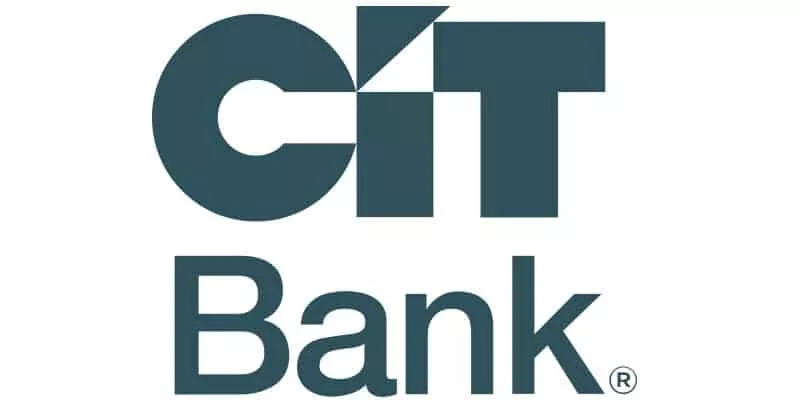If a bank fails, FDIC insurance guarantees you don't lose all of your money up to a certain dollar amount. FDIC insurance works similarly to other types of insurance. The FDIC insures up to $250,000 per depositor, per institution, and per ownership category.
What is FDIC Insurance?
The FDIC (Federal Deposit Insurance Corporation) is an independent agency of the US government created in 1933 to protect bank depositors' money. Even though bank failures are rare, during the Great Depression there were approximately 9,000 bank failures between 1930 and 1933.
FDIC insurance is backed by the full faith and credit of the United States government. Bank customers don’t need to purchase deposit insurance; it is automatic for any deposit account opened at an FDIC-insured bank.
5 Facts about FDIC Insurance Bank Customers Should Know
1. What types of accounts are covered under FDIC insurance?
Banks may offer a variety of financial products like investment accounts that help you save for college or retirement, stocks, bonds, mutual funds, homeowner or life insurance, or annuities. These types of accounts are not FDIC insured.
FDIC deposit insurance only covers certain deposit products. Here is a list:
- Checking accounts.
- Savings accounts.
- Money market accounts (MMDAs).
- Certificates of deposit (CDs).
- Prepaid cards (assuming certain FDIC requirements are met).
- Cashier's checks and money orders.
- Negotiable order of withdrawal accounts.
2. FDIC Insurance has limits
Deposit insurance is calculated dollar-for-dollar, principal plus any interest accrued or due to the depositor, through the date of default.
The exact amount of insurance at each individual bank depends on two factors—the kinds of accounts you have and the way those accounts are registered:
- Single accounts: Your total deposits in all the checking and savings accounts you own solely in your own name are currently insured up to $250,000.
- Joint accounts: Your total share of all the checking and savings accounts you own jointly with others is currently insured up to $250,000.
- Self-directed retirement accounts (such as IRAs): The aggregate balances in deposit accounts owned by one person and titled in the name of the person’s retirement plans are insured up to $250,000.
- Revocable trust accounts (including payable-on-death accounts and living trust accounts): Each account that names a different beneficiary is insured up to $250,000.
- Accounts at multiple branches of the same bank: If a person owns deposits in different branches of the same insured bank, those deposits are counted together toward the $250,000 limit.
- Accounts at different banks: If a person owns deposits in separate distinct FDIC-insured banks, those deposits are insured up to the $250,000 limit. Having accounts at different banks is a way to maximize your insurance coverage.
3. Ownership categories offer depositors increased coverage at one FDIC-insured bank
Here are the different FDIC ownership categories and the respective insurance limits:
|
Single accounts (owned by one person) |
$250,000 per depositor. |
|
Joint accounts (owned by more than one person) |
$250,000 per co-depositor. |
|
Certain retirement accounts, including IRAs |
$250,000 per owner. |
|
Revocable trust accounts |
$250,000 per depositor per unique beneficiary. |
|
Irrevocable trust accounts |
$250,000 per unique beneficiary entitled to the account. |
|
Corporation, partnership, and unincorporated association accounts |
$250,000 per corporation, partnership or unincorporated association. |
|
Employee benefit plan accounts |
$250,000 per plan participant entitled to the account. |
|
Government accounts |
$250,000 per official custodian. |
4. Credit unions are not FDIC insured
Credit union deposits are insured by the National Credit Union Share Insurance Fund. The National Credit Union Administration, commonly referred to as NCUA, is an independent agency of the US government that regulates, charters, and supervises federal credit unions.
The standard share insurance amount is $250,000 per share owner, per insured credit union, for each account ownership category much like FDIC insured categories. This coverage applies separately to each credit union that is federally Insured by NCUA where you have accounts.
NCUSIF provides separate insurance for other account categories in addition to the coverage available through single ownership accounts:
- Individual accounts up to $250,000.
- Joint accounts combined insurance up to $250,000.
- Members’ IRA and KEOGH retirement accounts up to $250,000
- Members’ trust accounts up to $250,000.
5. Fintech companies are not FDIC insured
Financial technology companies (Fintechs) are non-bank companies that offer financial products similar to traditional banks. Non-bank companies are never FDIC-insured, however, most Fintechs have contractual arrangements with FDIC-insured banks to place their customers’ deposits in insured depository accounts at those banks.
Here is the process Fintechs use to insure depositor funds:
- Fintechs partner with banks to use their regulatory approvals.
- Banks provide infrastructure and regulatory know-how to support Fintechs.
- Accounts are FDIC insured up to the standard maximum of $250,000 per depositor, for each ownership category.
Learn more about FDIC insurance here.











